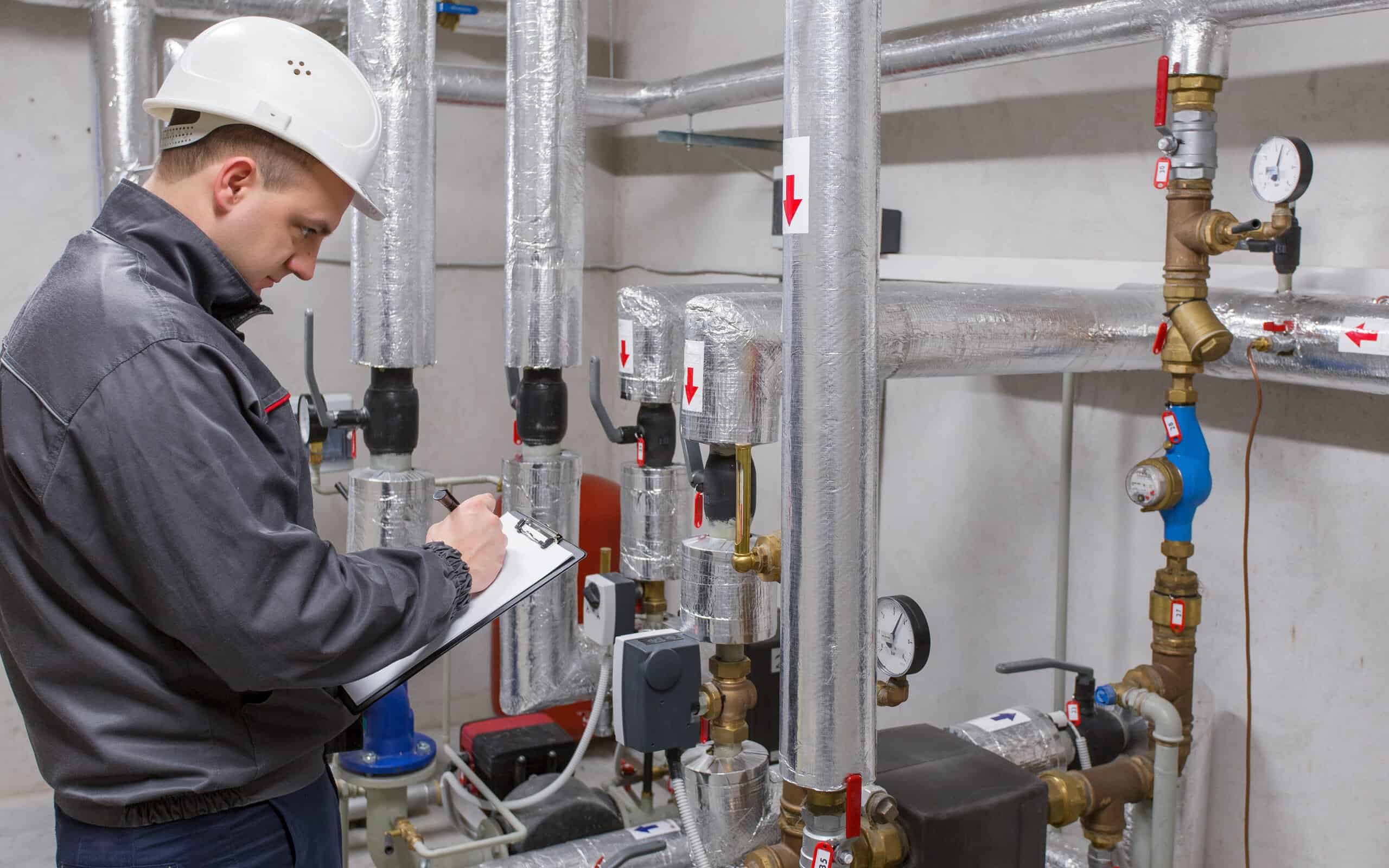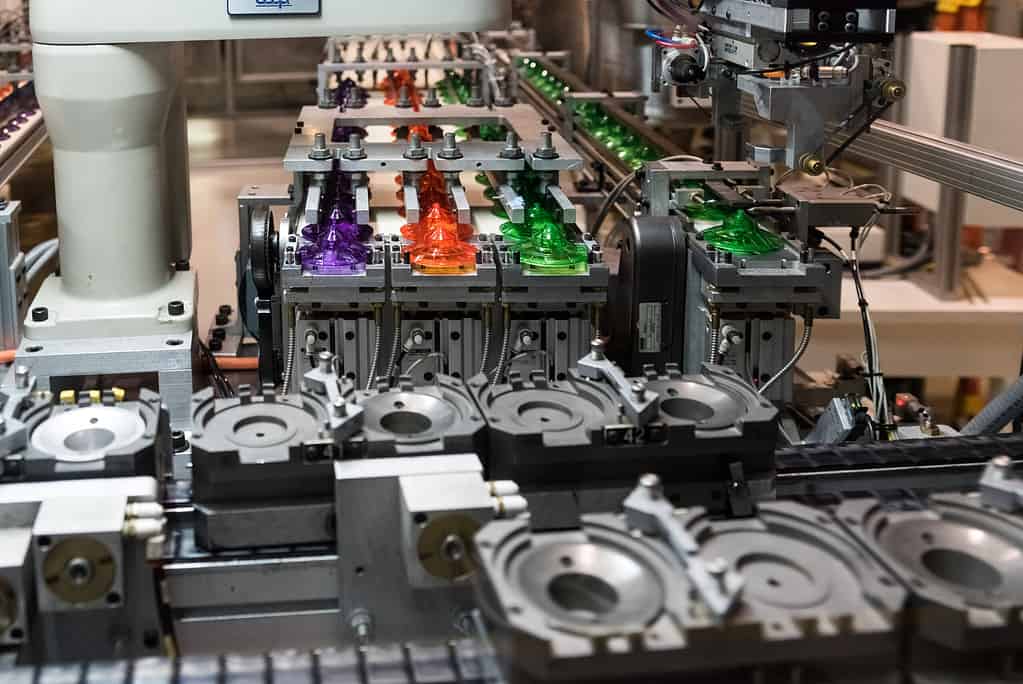
Thanks to today’s technological advances and the proliferation of more and more data, your business must rely on that data to make more and more data-driven decisions. Your organization’s measurement systems, whether they be equipment or people, are the lens through which you can view your organization and understand your data. If your lens is out of focus, then you cannot truly understand or trust what the data is telling you.
This article will explain how Measurement System Analysis (MSA) can be used to assess how well your measurement system is capturing the data critical to your business decisions.
Overview

Measurement System Analysis, or MSA, is a formal statistical study that determines whether your measurement systems, whether they be measuring devices or people, are capable of providing reliable data so that you can make the best possible data-driven decisions. The statistical study used for continuous data is called a Gage R&R study, and the tool used for discrete data is called an Attribute Agreement Analysis.
In reality, you can never directly know whether your measurement system is providing accurate and precise measurements. When you measure an object, the value that the measurement system provides is from the natural variation in the object plus the variation in the measurement system.
For example, when you get on your bathroom scale every morning, the weight shown in the window of the scale is a function of the change or variation in your weight, which is what you are interested in, and the variation in the springs or mechanism of the scale. Is the variation in the weight due to your diet and exercise or due to a poorly functioning scale? You hope it is the actual change in weight.
The Importance of Accuracy
We don’t live in the Industrial Age anymore, so why is accuracy so important? If you have a customer who is giving you detailed specs, you need to make sure you’re hitting every single measurement correctly. While you might have properly calibrated tools and processes, that isn’t going to be enough.
Your customer isn’t going to settle for subpar work, and neither should you. As such, do the legwork and make sure your systems are as accurate as they can possibly be.
How an MSA Works
An MSA study allows you to measure the variation of the observed weight due to the scale. If the proportion of variation of the scale is low, then you can conclude that the observed variation in the weight is really due to weight change and not due to scale performance. If the proportion of the total variation due to the scale is high, then you won’t know whether your diet is working. Time to buy a new scale.
Important Observations
During your MSA study, you will assess your observed measurement from several different perspectives. They are:
- Repeatability: We say the measurement system is Repeatable if the same person measuring the same object multiple times with the same device gets the same results.
- Reproducibility: The measurement system is said to be reproducible if multiple people measure the same object multiple times with the same device and all get the same results.
- Stability: The measurement system is said to be stable if its variation holds steady over time.
- Bias: Bias is a one-directional tendency of the measurement system. From our example, your scale always seems to weigh higher than it should. Bias can be adjusted by altering the setting on the scale.
- Linearity: Can the measurement system hold steady over the entire continuum of desired measurements? You want your scale to measure you and your spouse with accuracy and precision but you also want it to do the same for your pet mouse and pet elephant. That is your desired continuum of possible weights. But, it is unlikely that the scale will be of much use at the extremes.
- Discrimination or resolution: Does the measurement system have the capability of producing values sufficient to be meaningful? You use a small kitchen scale to measure out food for your diet. You need to measure out ounces, yet the scale can only measure in units of pounds. To attain resolution usually costs money, so be careful in deciding how much you need to give you meaningful data.
Benefits of Using an MSA

©Ground Picture/Shutterstock.com
By doing an MSA study, you will better understand the nature of your measurement system and, thus, your data.
Make Better Data-driven Decisions
By making decisions based on good, reliable data you will have confidence that you understand your customers and processes so that you can optimize the organization’s results.
Spot Small Changes in the Process
By observing small changes in your process, you can intervene if necessary and take action to either eliminate something negative or implement something positive.
It Allows for a Scientific and Statistically Valid Measure of Performance
MSA allows you to have confidence in your measurement system so you know that any claims or conclusions you have about your data are scientifically and statistically valid.
Why You Need to Understand MSA
MSA as a concept is easy to understand. The actual statistical studies, Gage R&R and Attribute Agreement Analysis are more difficult to understand and apply. You want to understand MSA because:
- Having reliable and trustworthy data is important to your decision-making. MSA provides the tools to assess your measurement system — and improve it if needed.
- You need to know the reality of what your processes are doing. If your measurement results can’t be trusted, then your processes may be turning out defective products — which may be making it to the customer. You and the customer must have comparably capable measurement systems if they are measuring your product during incoming inspection, for example.
- The business world is moving more and more to understanding data as the basis for decision-making. Your competitors may already be using MSA to improve the understanding of their data and are tapping into that insight to improve their processes and respond to their customers. Companies like Walmart have an incredible amount of data on their customers, and by having confidence in that data, they are a dominant force in the retail market.
An Industry Example
A global manufacturer of paint products was experiencing increased variation and reduced quality for one of their products. One of the main raw materials was 50-pound bags of powdered additives. After a thorough investigation, it was discovered that the supplier was providing a portion of bags with less than 50 pounds, which resulted in defective paint. The company contacted the supplier to complain but the supplier responded by accusing the company of having faulty scales and that the supplier was sending bags with the proper weight.
The company did an MSA study, which gave it statistical proof that its scales were properly calibrated to measure the bags accurately and precisely. They insisted that the supplier do their own MSA study under the supervision of company personnel. As suspected, the supplier’s scales proved to not be repeatable or reproducible — and they were biased. The supplier ended up sending the company a check for $1,250,000 for the calculated short-weight bags.
Best Practices
An MSA study is a formalized and structured activity that requires discipline and planning. Here are a few tips for conducting an MSA.
1. Properly Define the Parameters and Desired Outcomes of the MSA
Consider what characteristic you want to measure. Consider what people should participate, what “parts” should be measured, how many parts should be measured, and how many times you should measure them to obtain the best results.
2. Remove Any External “Noise” from the MSA
Since the MSA is studying the variation of the measurement system, any other source of variation should be removed to keep the MSA pure and the results uncontaminated by factors you are not interested in.
3. MSA Is Not a One-time event. Repeat it on a planned basis
Any measurement system will drift over time. Equipment will wear out and drift. That is the purpose of calibration. Equipment must be recalibrated now and then to ensure it’s providing the most trustworthy data it can. People will “drift” over time as well. Eyes get tired, memories dull, and energy lags. Recalibrate them now and then to keep them sharp and perform measurements at peak levels.
Other Useful Tools
Now that you’ve read all about MSA, how about putting it to the test? As previously stated, a Gage R&R is one effective way of testing your measurements. Understanding how it works with your data is an easy to ensure future success for your MSA.
Additionally, we’ve talked about benefits, but not common points of detraction. As such, learning about common mistakes committed when doing MSA is crucial. You can learn all about it in our informative guide.
Summary
Data is all around us. Organizations are using the latest technology to capture, analyze, and utilize data to make better data-driven decisions. But, can you always trust the data? Maybe not. Using the MSA approach, you will be able to determine whether the data that is being captured and analyzed is valid and representative of the truth.
Whether you are measuring your processes using mechanical or electronic devices or relying on people to observe and provide results, MSA and the tools of Gage R&R and Attribute Agreement Analysis are necessary to be sure that, taking a little liberty with a famous phrase, “what you see is what you get.”